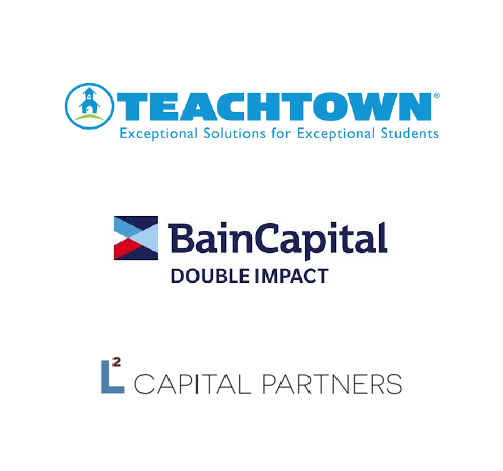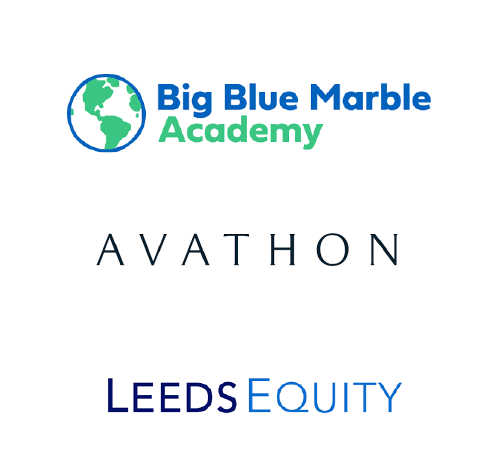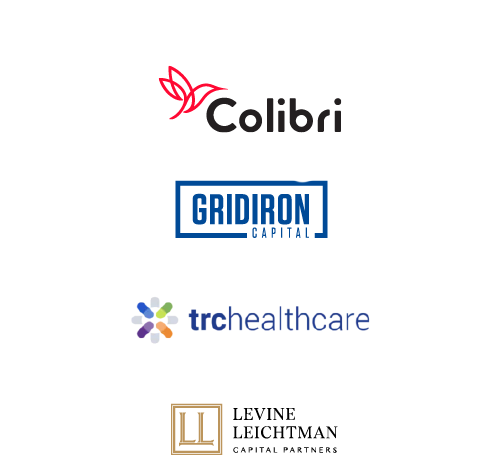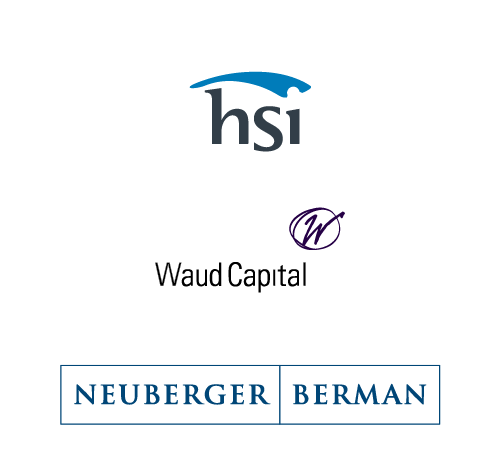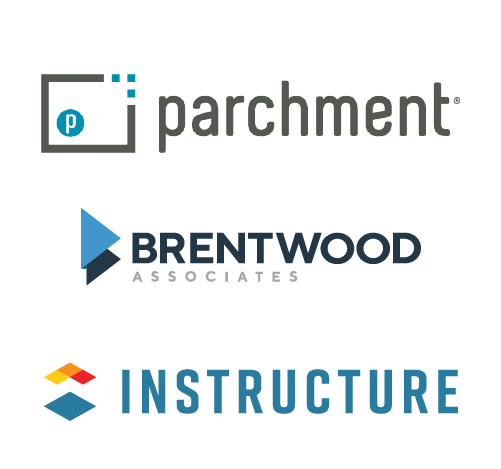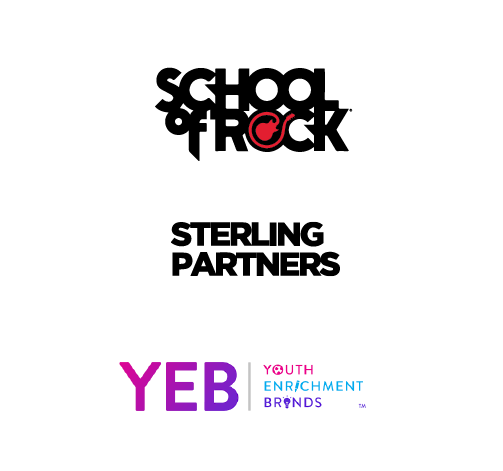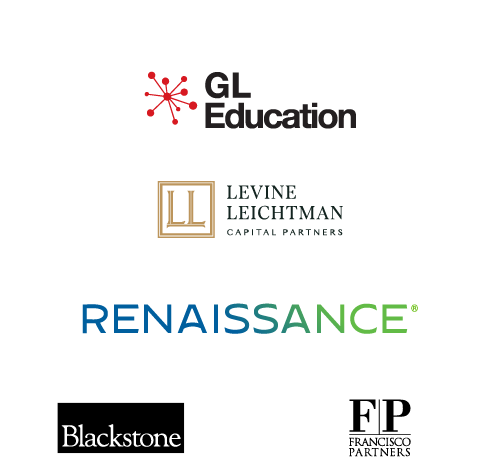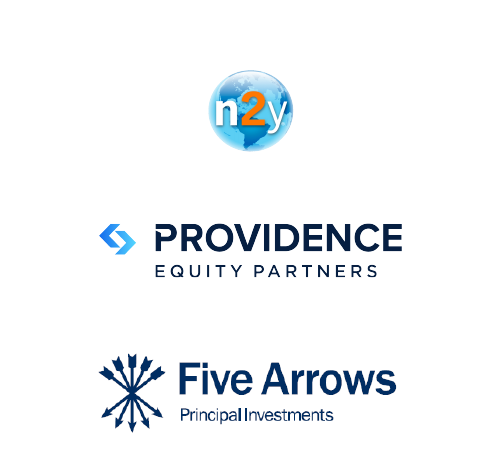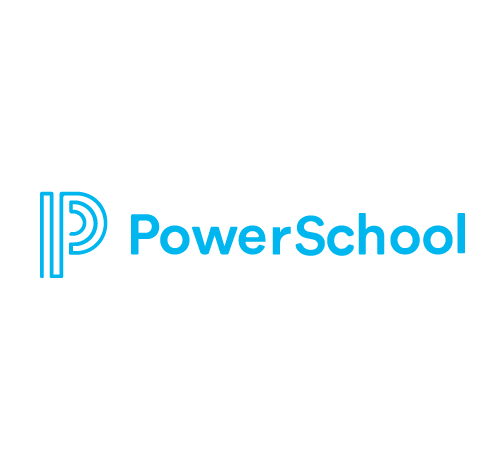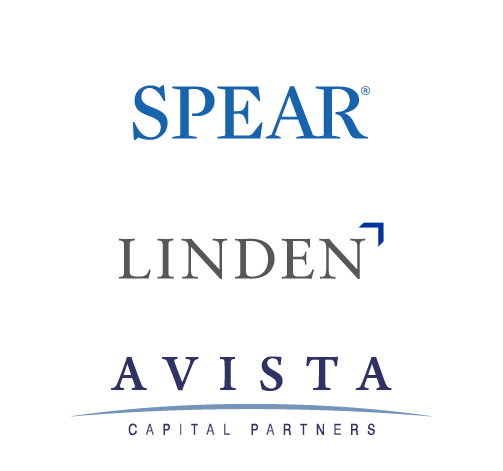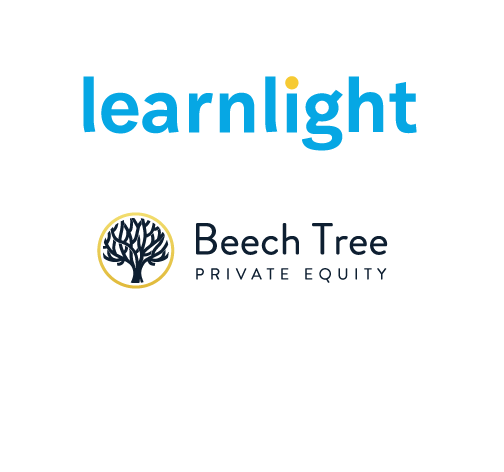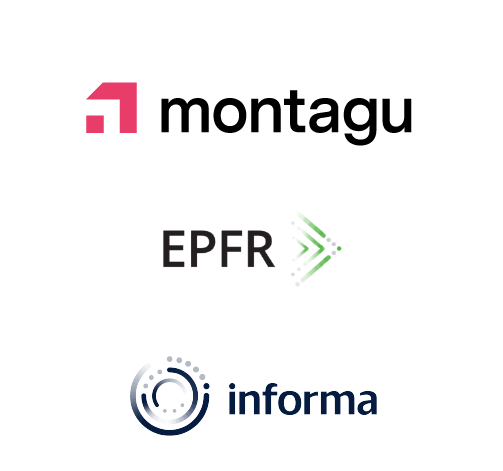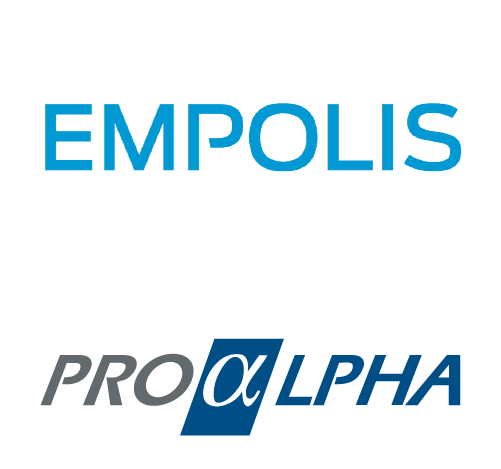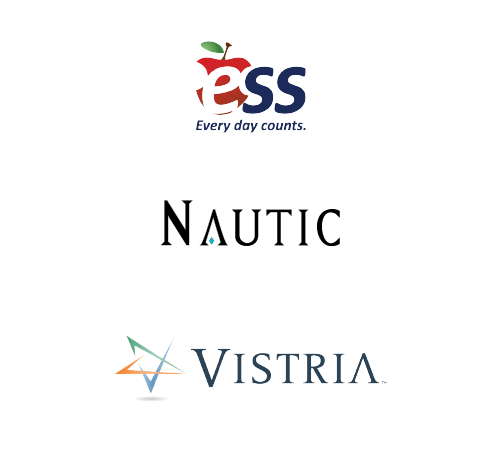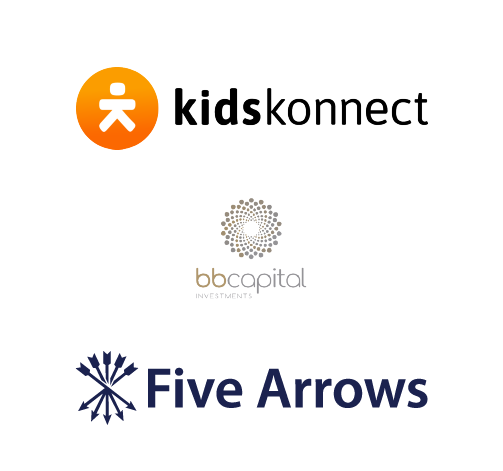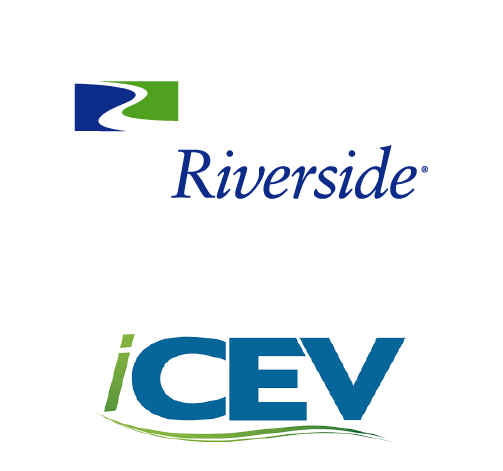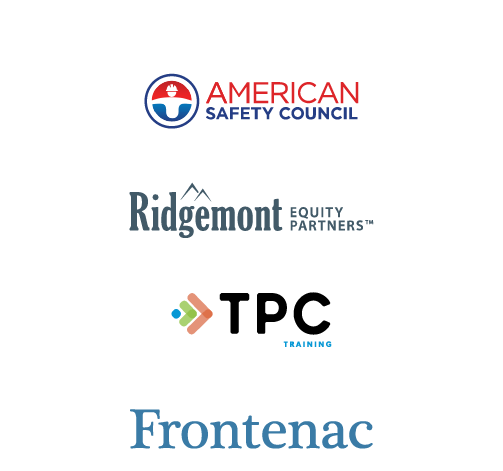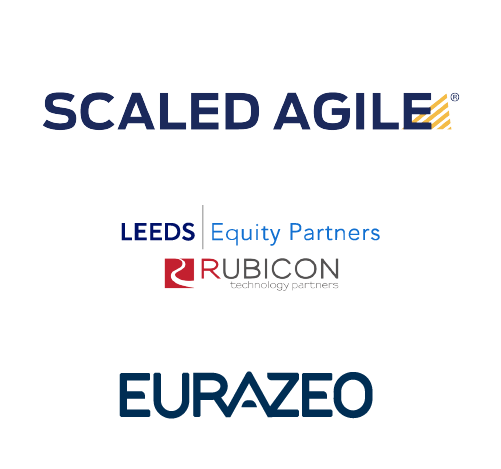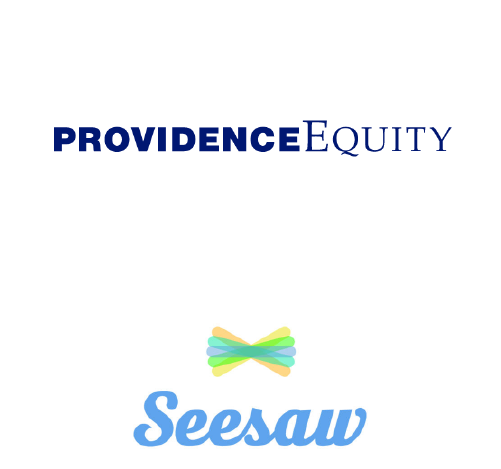Key Takeaways from ASU+GSV 2023
Baird’s Global Technology & Services Investment Banking team focused on the Knowledge Solutions sector recently attended the ASU+GSV Summit in San Diego. The premier annual conference focused on the entire learning continuum – from early childhood through working professional. Excitement around the sector was evident from the sold-out attendance at the conference and the volume of first-time private equity attendees.
There were a number of topics that dominated the public panel discussions as well as the Baird team’s discussions with companies and investors at the conference, including:
- Impact of Impending School Funding: The Elementary and Secondary School Emergency Relief (“ESSER”) funding cliff is fast approaching (ESSER II allocation deadline September 30, 2023, and ESSER III allocation deadline September 30, 2024) with many school districts still contemplating how best to appropriate funds. It’s early to fully know the impact that the impending funding cliff will have on schools and subsequently the solutions sold into them, but it’s clear from our team’s discussions that investors are beginning to put increased scrutiny onto the potential ramifications of the funding cliff. Based on the Baird team's discussions, it appears that essential daily use solutions powering the classroom or administrative workflow tools that are difficult to replace will generally be insulated. Further, we believe that solutions addressing the learning loss coming out of COVID (see Learning Recovery below) will still find budget dollars as schools try to make up these learning deficits. Finally, we believe that solutions related to school safety, mental health & wellbeing and whole-child education, will continue to be prominently featured within school budgets and insulated from stimulus cliff dynamics (for more on school safety dynamics, read Baird’s Fall 2022 paper K-12 School Safety in Focus).
Additionally, key thought leaders in panel discussions highlighted the impact that enrollment trends will have on school funding. Public school attendance has not snapped back to pre-COVID levels as was hoped now that schools are fully re-opened, creating a budgeting challenge given school budgets are formulaically set based on the total number of students enrolled. This dynamic is enhancing the need for certain districts to utilize solutions that can “attract” students and families to enroll at their schools.
- Post-Pandemic Learning Recovery: The National Assessment of Educational Progress (NAEP) scores, known as the “Nation’s Report Card,” that were taken by students in Fall 2022 and recently published, were a clarion call across the K-12 system as the scores demonstrated that the impact of COVID effectively reversed two decades of learning progress. Based on the NAEP scores, it is not surprising that this year's panels included titles such as “Inside our K-12 Math Crisis” and “How to Solve the Nation’s Reading Emergency.” The learning loss crisis was prominently featured during keynote speaker, Bill Gates', fireside chat, lamenting the prolonged impact the decline in math proficiency will have in light of the increasing demand for STEM-related jobs, creating a further future supply and demand imbalance between qualified, knowledgeable workers and available jobs in fast growing STEM-related roles. Despite potential changes in the funding landscape, learning loss is expected to remain a key focus area for investment across all school districts and will likely be a prominent topic in the upcoming election cycles.
- EdTech Vendor Consolidation: The pandemic forced districts to implement a multitude of EdTech solutions to try to better serve learners remotely. Pre-COVID, U.S. districts were using an average of 600 EdTech solutions. That number ballooned to 1,400 during the pandemic. General consensus is that the age of proliferation of EdTech tools in school districts has pivoted to one of consolidation. EdTech “audits” are underway across districts. Solution providers will need to demonstrate efficacy to justify their place. Even then, school districts are seeking to rationalize costs and consolidate to a smaller number of vendors. This has proven to be a headwind to growth for some small, niche, point-solution providers across the K-12 landscape, while providing a tailwind for the larger “name-brand” EdTech providers that can offer a comprehensive solution offering; several executives of large EdTech providers that we connected with at the conference confirmed that they are seeing improved win rates consistent with the consolidation theme.
- AI Was Seemingly Everywhere: AI seemingly was discussed in every panel, almost becoming a running joke for attendees during the conference. Fittingly, Sam Altman (CEO of OpenAI, the creator of ChatGPT) was one of the featured keynote speakers. Many EdTech companies have begun leveraging AI as a powerful tool to support educators across numerous tasks/workflows related to administrative, content, instruction, assessment, and others, with the long-term ambition of creating a truly personalized learning experience for students. Companies introducing generative AI solutions include Chegg with Cheggmate and Khan Academy with Khanamigo, among others. While the optimism around the potential benefits and use cases in education make it clear that AI is here to stay, the nascency of the technology make it difficult to determine which companies will end up as winners or losers (e.g., Chegg cited ChatGPT as “having [a negative] impact on [its] new customer growth rate” in its latest earnings call subsequently resulting in a ~50% decline in its stock price). There have been trendy topics that have been discussed in the past at GSV that have not panned out (e.g., the impact of the Metaverse on schools); that said, our perspective is that AI will continue to be discussed in K-12 education and learning more broadly.
Other Themes Discussed Across the Summit and in the Hallways:
- Even though we have transitioned into a post-COVID world, some form of hybrid learning is here to stay for K-12 and higher education.
- Noticeable increase in the number of startups focused on neurodiverse student populations, social emotional learning, and mental health; the winner of the 2023 GSV Cup, Maro, is a risk detection solution in pediatric behavioral health for schools and districts.
- The traditional post-secondary model is becoming increasingly unsustainable in light of the overall cost model; reimagining higher education to better serve students and drive better outcomes / ROI is top of mind for traditional institutions and post-secondary alternatives, giving rise to themes like micro-credentials, apprenticeships, bootcamps, etc.
- Across the learning spectrum, the skills gap remains wide. In light of the tight labor market, there is increased focus on upskilling and reskilling of employees to help fill voids (for more on the skills gap dynamic, read Baird’s Spring 2023 paper The Great Upskill).
Recent Knowledge Solutions Transactions
Interested in learning more? Connect with Baird Global Investment Banking:
Dan Alfe
+1-312-609-4922
dalfe@rwbaird.com
Jeremy Fiser
+1-312-609-7064
jfiser@rwbaird.com
Andrew Snow
+1-312-609-4972
asnow@rwbaird.com
Devansh Gupta
+44-20-7667-8151
dgupta@rwbaird.com
Taylor Heaps
+1-414-298-5006
theaps@rwbaird.com
Dennis Schwartz
+1-312-609-6985
dschwartz@rwbaird.com
